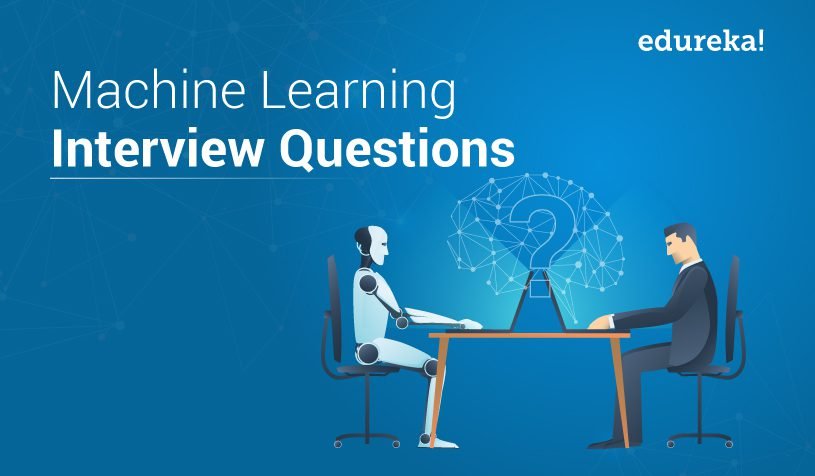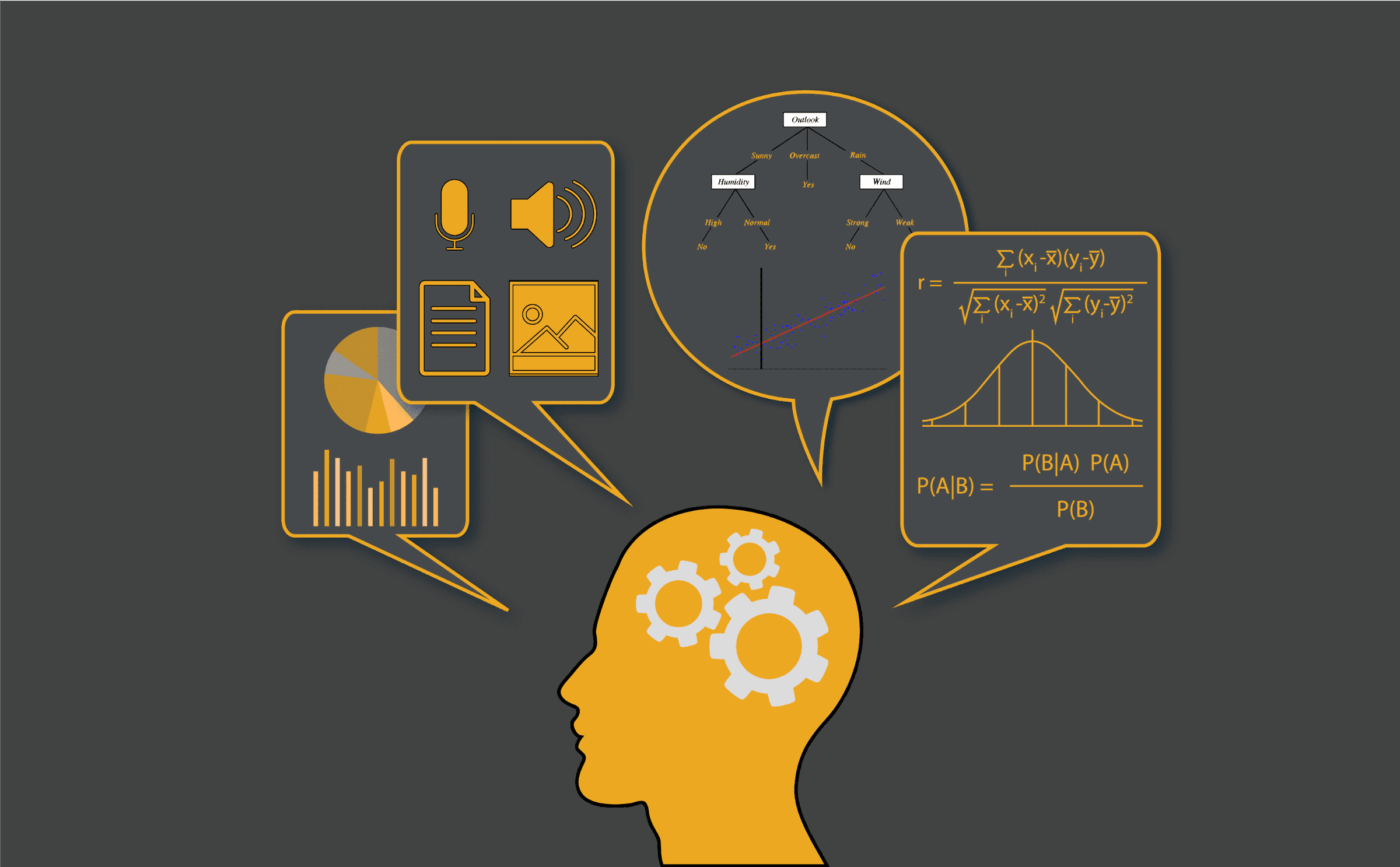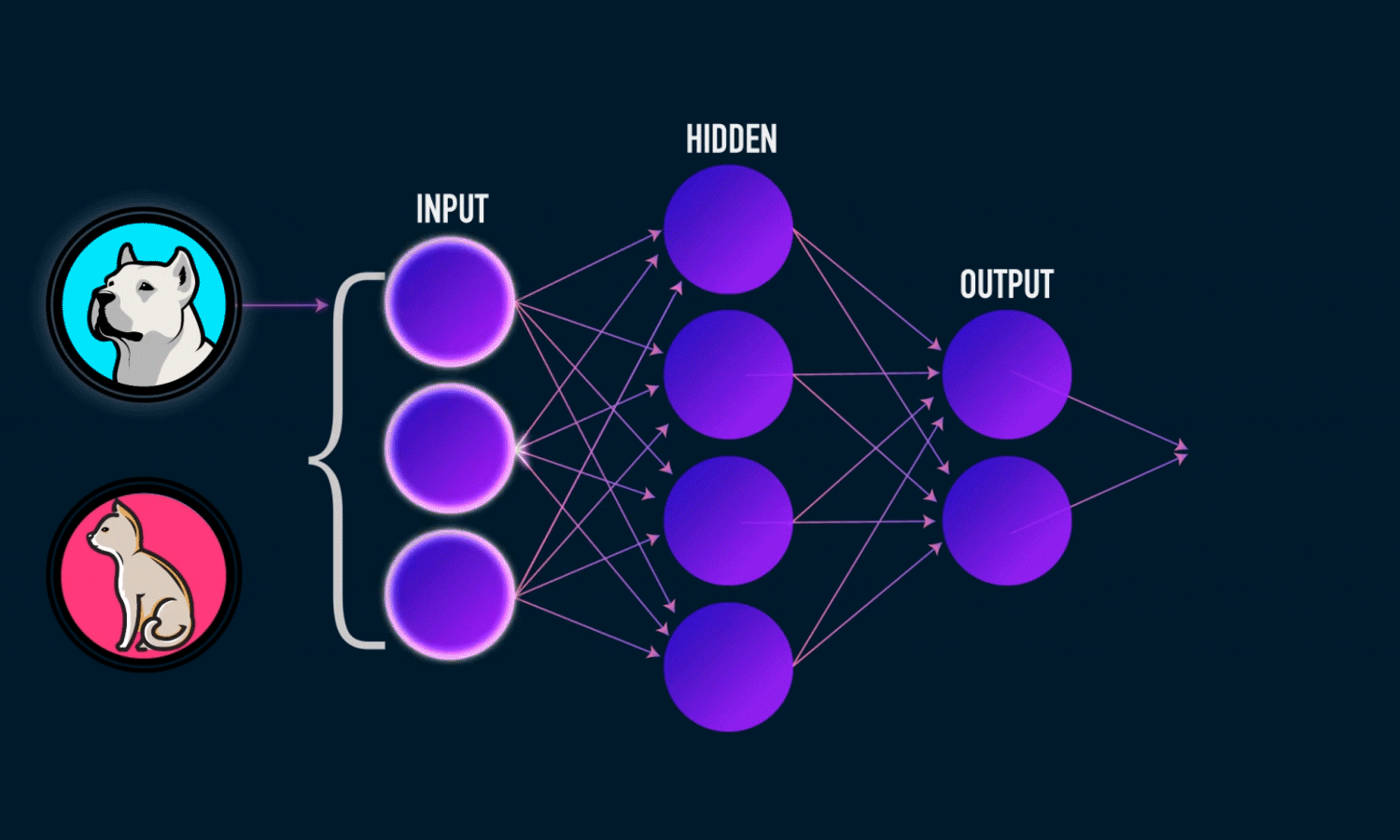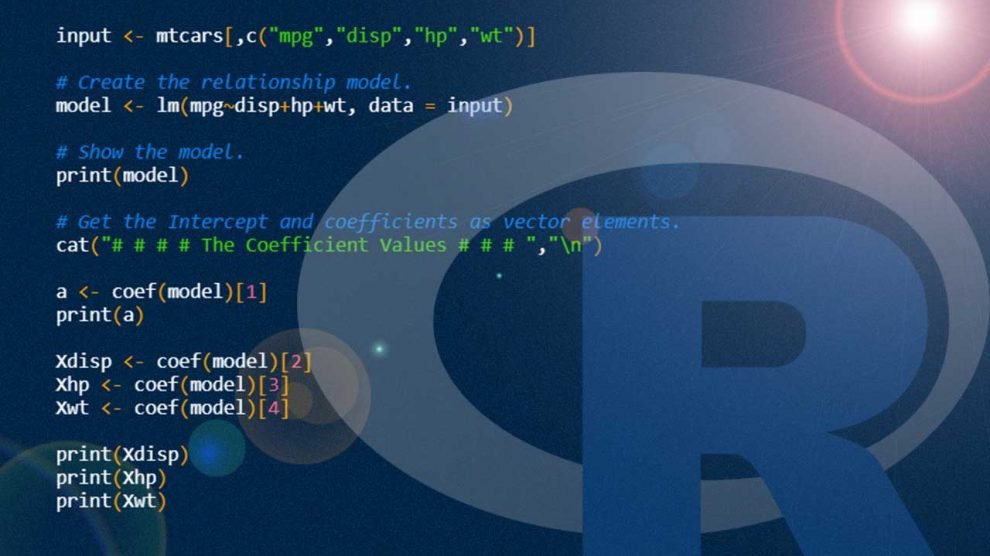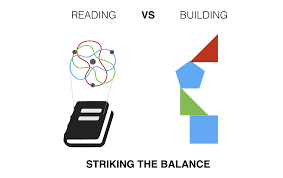It is not surprising that machines are an integral part of our eco-system driven by technology. Reaching a point in technical pinnacle was made easier from the time machine started learning and reasoning even without the intervention of a human being. The world is changing from the models developed by machine learning, artificial intelligence and deep learning which adapt themselves independently to a given scenario. Data being the lifeline of businesses obtaining machine learning training helps in better decision-making for the company to stay ahead of the competition.
Machine learning interview questions may pop up from any part of the subject like it may be about algorithms and the theory that works behind it, your programming skills and the ability to work over those algorithms and theory or about your general insights about machine learning and its applicability.
Here is a collection of a comprehensive set of interview questions about machine learning and guidelines for the answers:
1. What are the different types of machine learning?
Machines learn in the following ways:
Supervised learning: A supervised learning essentially needs a labeled data which are pre-defined data set using which machines provide a result when new data is introduced.
Unsupervised learning: Here machines learn through observation and defines structures through data as these models do not require labeled data.
Reinforcement learning: Here there is an agent and reward which can meet by trial and error method. Machine tries to figure out ways to maximize rewards by taking favorable action.
2. How does machine learning differ from deep learning?
Machine learning essentially uses algorithms to parse data, learn from them and makes informed decisions based on the learnings. Whereas, deep learning structures different algorithms and gimmicks an artificial neural system to make intelligent decisions by learning on its own.
3. Having too many False positives or False negatives which one is better? Explain
It completely depends on the question and domain for which we are figuring out a solution. For a medical domain showing false negatives may prove risky as it may show up no health problems when the patients are actually sick. If spam detection is the domain then false positives may categorize an important email as spam.
4. What is your idea about Google training data for self-driving cars?
Google uses Recaptcha to sense labeled data from storefronts and traffic signals from its eight sensors interpreted by Google’s software. Creator of Google’s self-driving car Sebastian Thrun’s insights is used to build a training data.
5. Your thoughts on data visualization tools and which data visualization libraries do you use?
You may explain your insights data visualization and your preferred tools. Some of the popular tools include R’sggplot, Python’s seaborn, Matplotlib, Plot.ly, and tableau.
6. Explain about a hash table?
In computing, a hash table is a data structure which that implements an associative array. It uses a hash function using which a key is mapped to certain values.
7. Explain the confusion matrix?
Confusion matrix or error matrix essentially visualizes the performance of algorithms in machine learning. In the below table TN= True negative, FN=False negative, TP=True Positive and FP=False positive.
8. Write pseudo-code for a parallel implementation by choosing an algorithm
Enlighten your knowledge about pseudo-code frameworks such as Peril-L and some visualization tools like Web sequence diagram to aid you in showcasing your talent to write a code that reflects parallelism well.
9. How do you handle missing or corrupted data in a dataset efficiently?
You could identify missing or corrupted data in a dataset and ideally drop them or replace them with another value. In pandas isnull() and dropna() are two useful methods which can be used to identify columns of missing or corrupted data and drop them or replace an invalid value with a placeholder value like fillna().
10. Difference between a linked list and an array?
An array consists of an ordered collection of objects wherein it assumes that every object has the same size. A linked list, on the other hand, is a series of objects with directions as to sequentially process them which helps a linked list to grow organically than an array.
Conclusion
For becoming a successful machine learning engineer, you could join Machine learning certification training to make yourself proficient in various topics of machine learning and its algorithms. From this curated list of interview questions, you would have understood that machine learning is an internal part of data science. Use these sample questions to broaden your knowledge about the questions that may pop up in your interview and be ready to spellbind the interviewer with your swift answers.
For more details, in brief, you can also search for – Imarticus Learning and can drop your query by filling up a simple form from the site or can contact us through the Live Chat Support system or can even visit one of our training centers based in – Mumbai, Thane, Pune, Chennai, Bangalore, Delhi, Gurgaon, and Ahmedabad.

